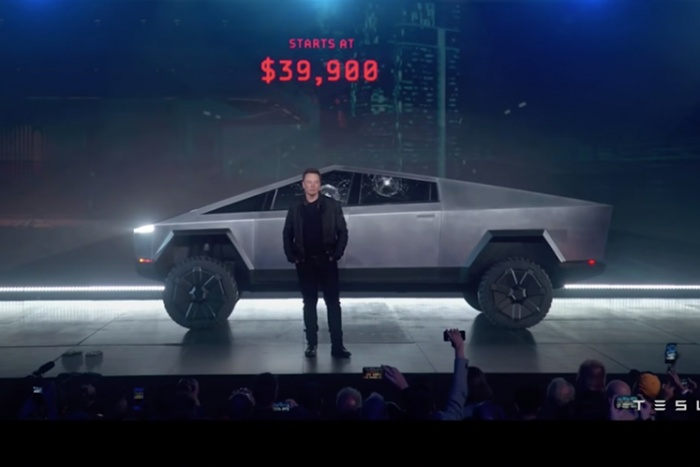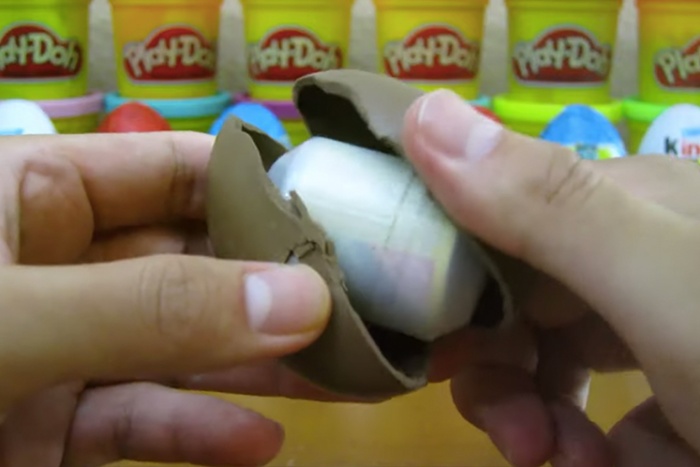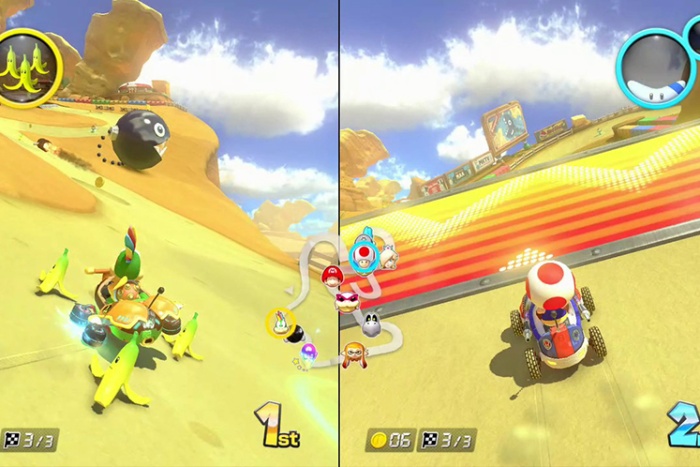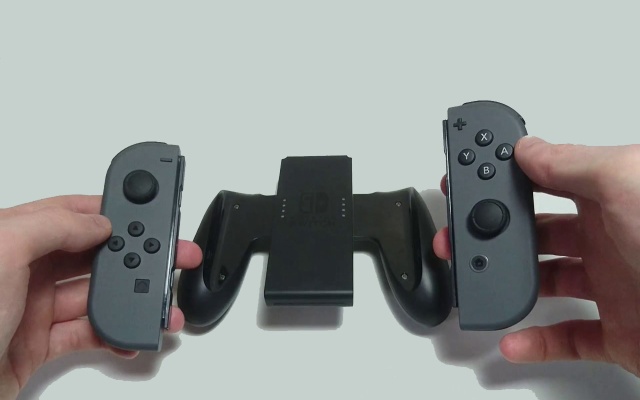As soon as I realized that I was going to spend the following months confined in my studio (that’s how individual micro-appartments are called here in the Netherlands), I went out on the street without a precise destination but with a clear goal: to buy a Nintendo Switch. I was afraid I wasn’t the only with that idea. It turned out I was right: the stocks had run out practically everywhere. A few weeks later, I would find out that it had become almost impossible to get the 300-euro console, even ordering it online.
Just as I was about to give up, I found myself in front of a Toys “R” Us-style shop that was raising the shutters. I walked in without much hope. And there it was, the Switch, although not in the bright red-blue version. Too bad. I went for the gray version, which was maybe even better: less flashy, more techy. I don’t know why, but while making sure it was the right model, I pretended with the clerk that the purchase was for someone else. “Shall I gift-wrap it for you?” No, that’s okay.
I want to believe that my clumsy stunt was due to the shop’s childish atmosphere: I know that video games are not just children stuff. I myself was a gamer until my twenties, the peak reached with the Final Fantasy role-playing series played backwards: from the VIII on Playstation 1 to the IV on PC emulator. Then the life in common came, the small town with its squares and small parks to discover, the music, the subcultures, the girls. And goodbye video games.
I abandoned videogames but not computers: I’ve made Flash videos, designed websites, programmed a bit, probed the world of “net art” and Linux. Although I have never reached the coveted status of nerd – my knowledge is too scattered and superficial – I have maintained over time a fairly intimate relationship with technology. However, in these years I struggled to rediscover that amazement that new technologies, and in particular video games, were able to provoke in me as a child. Perhaps what fueled my interest in technology was the hope of re-evoking that enchantment. Yet, today there is no shortage of technology to be amazed at. A neural network that recognizes single elements of a video (a dog, a bench, a pair of sunglasses) in real time? A car that drives itself? Wow, but nothing compares to the emotion I felt with the demo of Wipeout 2097.
Wipeout was a racing game with armed anti-gravity ships. At first it might have looked like an evolution of Super NES’ F-Zero. And in a way it was. But Wipeout was also something else: set in a bleak Blade Runner-like future, it featured a Babel of esoteric logos, slogans and symbols designed by the Sheffield-based Designers Republic. The game included Red Bull banners and a soundtrack by some of the most avantgarde electronic artists of the time — I hear the instrumental version of Firestarter by the Prodigy playing in my head while writing this. Wipeout has also a close connection with the world of computers: its first demo, played by Angelina Jolie, appeared in the movie Hackers. I clearly remember the extreme speed of the game enjoyed during slow, endless days.
This sort of stupefied intensity, sparking from a clash of durations and temporalities, is something I seldom felt later in life. To be sure, disenchantment has to do with age. There’s no use in denying it. I’m about to turn thirty-five and it seems to me that others consider me an adult in all respects. Is is true, then, that the older you get, the more incapable you become of being surprised? Maybe you develop a kind of short-sightedness, a Gestalt malfunction: you can’t really focus on what’s truly new, even if it’s in front of your eyes. What’s new stays relegated to the background. Age matters, but I don’t think that’s just the problem. What I used to like about videogames was the aura of future they emanated, the horizon of possibilities that they opened up. Now, it seems that the future is born old and there’s something farcical about it. Take Elon Musk’s Cybertruck: not considering the debacle of the launch, the vehicle looks like is out of a low-budget science fiction B-movie. Released just a few months ago, it’s already old. Too much innovation too fast. There was a time when we would peer into the the future through the peephole; now that the door has been opened wide, the mystery has vanished. The sense of future was exactly that mistery, because the future is by definition unseen and unknown.

Eleon Musk prezentujący Teslę Cybertrack w Tesla Design Studio. Kadr z wideo CNET.
The excitement of unpacking the Switch proved to be sober. Unfortunately, I couldn’t ignore the fact that the so-called unboxing has to do more with the lust of consumption than the enchantment of the future. It is a ceremonial engineered to maximize the enjoyment of anticipation. Knowing exactly or not what is being unwrapped makes no difference. And maybe, judging by the copious unboxing videos populating Youtube, which have become a videoblogging genre in itself, product possession and use have taken a back seat. On the New York Times, Amanda Hess speaks of unboxing videos as “capitalist ASMR”. Those videos are able to “crystallize the product at its most valuable state: right after it comes out of the box”. Generally, when the product is unboxed, the spell is broken, desire is temporarily tamed and a mild melancholy replaces it. This is not necessarily the case with consoles and computers. These simulation machines can be in a constant state of unboxing.

Rozpakowywanie Kinder Niespodzianki. Kadr z wideo AWESMR pop.
With the Switch, the bland pleasure of physical unboxing persists in the variety of its configurations. In its handheld mode, the console’s proportions are reminiscent of Sega’s old Game Gear. Even though Sega has been Nintendo’s archenemy for decades, both have a strong link with former times. As Jaakko Suominen points out, Nintendo’s strength partly lies in “successful[ly] raising new […] Mario player generations by combining old game characters with new innovations and playabilities”. In fact, Nintendo has turned the reinvention of the past into a kind of brand. The rounded, toy-like shapes give Switch a nostalgic, reassuring style which is echoed by the reboot of some of its flagship titles.

Mario Kart. Kadr z wideo Family Games.
If you look at the console with the eyes of a young boy who grew up in the 90s, you can easily call it a technical miracle. The Switch can be transformed: the device, portable at first, can become tabletop and then change its appearance again when connected to the TV. The removable Joy-Cons, combined into a single controller, can be split if necessary, allowing two players to play. There are games that require the virtuous manipulation of various levers and buttons, others where you just wave your wrists. Not everything is perfect though: people pointed out that the charging dock resembles a toaster, and what’s left of the support that holds the Joy-Cons together, once they’ve been removed, is a kind of gutted spaceship.
The magic of the Switch lies in its versatility. It’s the same magic of Lego blocks or the robots that turn into vehicles or insects. It is no coincidence that you can integrate the console with Nintendo Labo, a kit that allows you to transform ordinary cardboard sheets into interactive tools. It is the enchantment of something that can become something else. This is how the Switch reaffirms the adventurous promise of a horizon of possibilities. In this sense it points to the future. By the way, this same promise is what made the computer a futuristic and mysterious object. It was a general purpose device, open to infinite interpretations of use. Now that the most popular personal computer is the smartphone, the horizon of possibilities has shrunk drastically.

Lego Mini Vehicles. Kadr z wideo instruktażowego Tiago Catarino.
The Switch is therefore a temporally ambiguous object: on the one hand a nostalgic echo of the past, on the other hand a hope for the future. Maybe in this ambiguity lies the secret of a successful technology, in being reassuring and astounding at once. Russian artist and writer Svetlana Boym distinguishes between restorative and reflective nostalgia, the former dealing with a total restoration of the past, while the latter having to do with “lingering in the dreams of another place and another time”. Game scholar Maria B. Garda adds that nostalgia is not bound to an object but is in the relationship of an individual and a collectivity to it.
The Switch’s nostalgia is as much reflective as restorative: its transformative capabilities that would have looked like science fiction in the ’90s are now a reality. But the console also urges a reckoning with what Scott Alexander Howard calls “the poverty of the present”: is the present as transformative as the Switch? And how many configurations does adulthood accommodate?
Once I plugged the console in, a terrible doubt struck me: what if I were no longer able to enjoy video games anymore? I think that’s why I deferred its purchase several times. I was afraid to recognize myself in the sad stereotype of the adult who, in order to keep feeling young, surrounds themselves with new gadgets that they barely use and don’t fully understand. Nice way to rediscover the enchantment…
Driven by nostalgia – of the restorative kind, I guess – I bought, in addition to the console, the latest Mario Kart, another armed racing game like Wipeout, but with a cheerful mood. I knew I loved that game, my impulse triggered by what Saatchi and Saatchi CEO Kevin Roberts refers as lovemarks, brands commanding love and respect through myth-creation and intimacy. I played it safe. Or so I thought. After a few hours, my fear became real. The courses, the graphics, the characters… All impressive, for sure. But I’d forgotten what made Mario Kart incredibly amusing: the social aspect. There I was, already bored. I kept grinding up one grand prix after the other for pure return on investment. Thankfully, Mario Kart proved to be the fun game I remembered when I was able to play it with my partner. But first I tried to impress her with the miracle of the multiplication of the Joy-Cons. In vain.
A couple of indie games, Pikuniku and Mana Spark, one relaxing while the other adrenalinic, kept me busy for a while until I decided to start the epic Zelda: Breath of The Wild. The game, which absorbed me for weeks, insists much on the topos of the boundless expanse, the world to explore; once again the theme is the horizon of possibility, this time simulated on screen. There’s a story, a goal and various quests, but you can simply scour this world full of sublime sights and wanderings. It feels like an open world, like the World Wide Web at its inception, Second Life or, more recently, Minecraft.
Exploring an open world takes time. The videoludic enchantment is the product of a diluted and homogeneous temporality: whole days spent playing, a succession of sunrises and sunsets in the space-time of the game. Nothing outside of it, apart from physiological needs. Can there be a more blissful kind of idleness? For someone like me, who has no children and can work from home, quarantine looked a bit like this, at least at first. If enchantment is the fruit of the abundance of time, on the other hand, the lack of time, caused by rigidly scheduled and yet always overflowing commitments, inhibits it. It’s the disenchanted temporality of the routine.
Whereas enchantment relates to idleness, disenchantment has to do with frenzy. Both idleness and frenzy are pointless in themselves, but while the latter has acquired approval in our society, the former has been stigmatized. Idleness is emotionally and intellectually rich; frenzy is poor. In idleness one can be bored, enthused, gratified, concentrated. What frenzy has to offer is a sense of stagnant hustle.
I’m aware that when — and if – business will be back as usual, the Switch might start gathering dust. However, it will be there to remind me that you can stop playing for fifteen years and then start again. That not all is lost: enchantment is still at hand. If time allows it.
The author wishes to thank Gui Machiavelli and Adriano Vulpio for reading and commenting on a draft of this text.
BIO
Silvio Lorusso’s work focuses on the cultures and rhetorical regimes embedded in techno-social systems. He deals with the narratives and counternarratives that define platforms, devices and interfaces. By doing so, he engages with the tensions surrounding notions of labour, productivity, autonomy, self-design, entrepreneurialism, precarity and failure. Lorusso’s practice combines various media such as video, website, artist’s book, installation, lecture. This activity is further stimulated by writing essays, curating exhibitions and organizing public programs. In 2018 he published his first book entitled ENTREPRECARIAT: Everyone Is an Entrepreneur. Nobody Is Safe. (Onomatopee, English; Krisis, Italian).
Silvio Lorusso is Affiliated Researcher at the Institute of Network Cultures of Amsterdam, Creative Coding Tutor at the Royal Academy of Art in Den Haag and Tutor at the Design Department of the Sandberg Institute. He is a member of Varia, the Center for Everyday Technology, as well as part of the editorial board of Italian graphic design magazine Progetto Grafico. His work has been presented at, among other venues, MaXXI, Rome; Transmediale, Berlin; The Photographers’ Gallery, London; Kunsthalle Wien; NRW-Forum, Düsseldorf. He holds a Ph.D. in Design Sciences from the School of Doctorate Studies of the Iuav University of Venice. His writing has appeared in several magazines and publications, including Volume, Real Life Magazine, Minima&Moralia, Not, Modes of Criticism, Printed Web 3, Metropolis M, Digicult. Since 2013, he manages the Post-Digital Publishing Archive (p-dpa.net). He lives in Rotterdam.
*Cover photo: a still from an instructional video.
References
- Boym, Svetlana. 2016. The Future of Nostalgia. New York: Basic Books.
- Garda, Maria B. 2014. “Nostalgia in Retro Game Design”, in Proceedings of DiGRA2013: DeFragging Game Studies, Atlanta. Available at: http://www.digra.org/wp-content/uploads/digital-library/paper_310.pdf.
- Hess, Amanda, “How Unboxing Videos Soothe Our Consumerist Brains”. The New York Times, August 28, 2018. Available at https://www.nytimes.com/2018/08/27/arts/unboxing-videos-consumerism.html.
- Howard, S.A. 2012. “Nostalgia”, in Analysis vol. 72, no. 4, pp. 641-650.
- Roberts, Kevin. 2007. Lovemarks: The Future Beyond Brands. New York: PowerHouse.
- Suominen, Jaakko. 2012. “Mario’s Legacy and Sonic’s Heritage: Replays and Refunds of Console Gaming History”. Available at http://www.digra.org/wp-content/uploads/digital-library/12168.57359.pdf.



